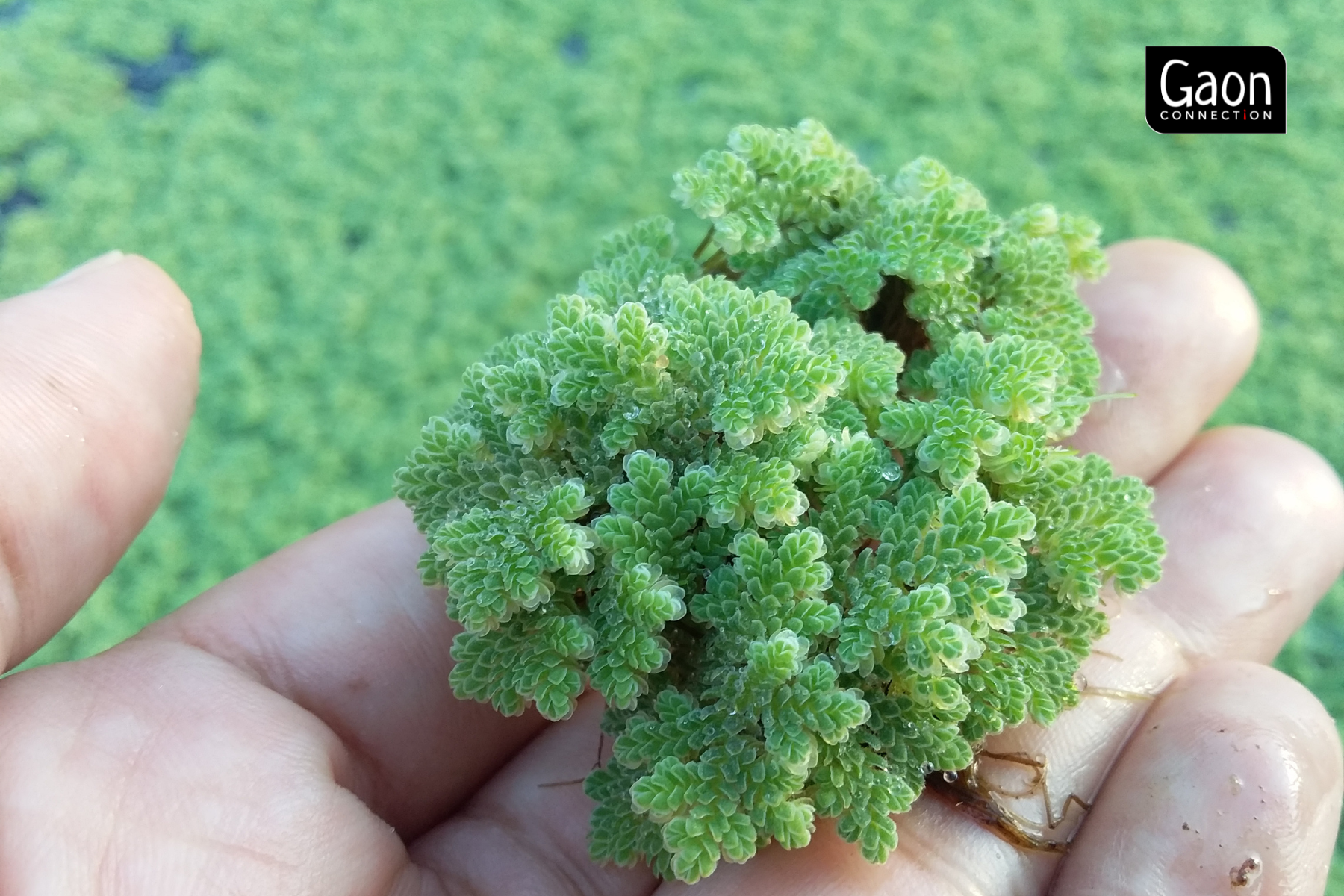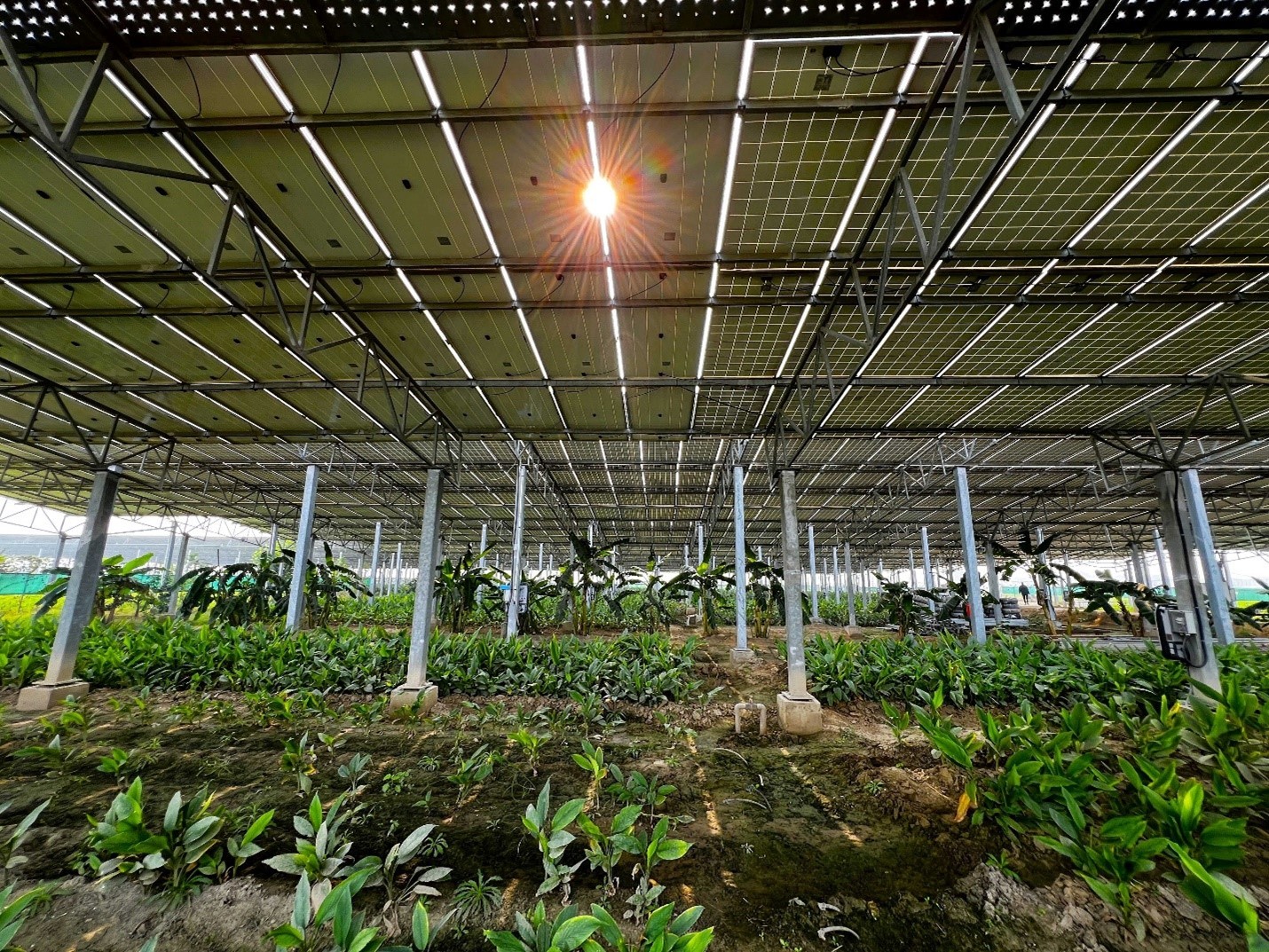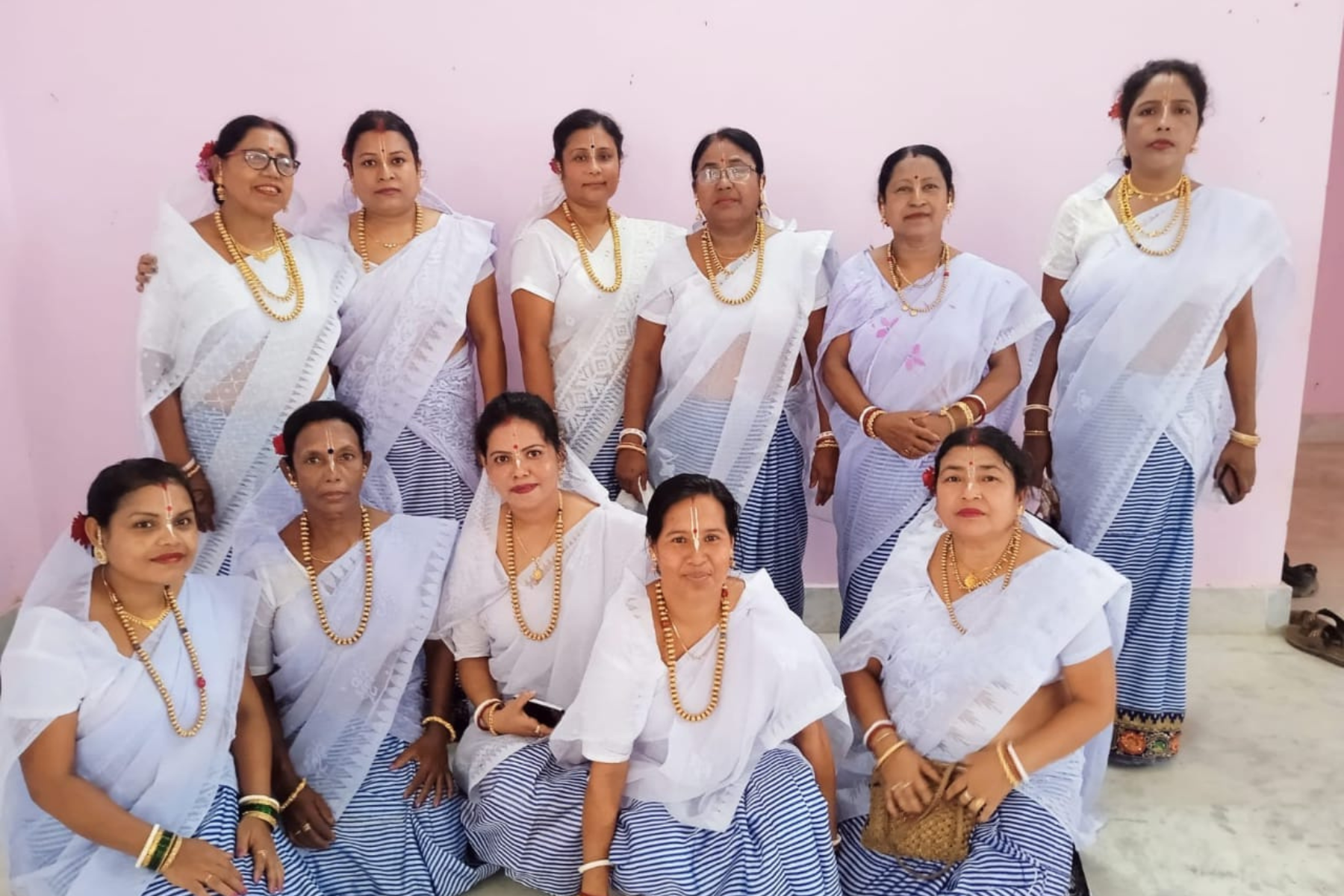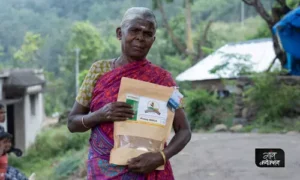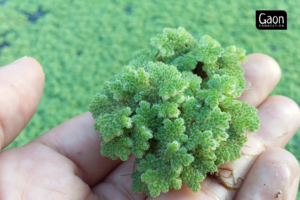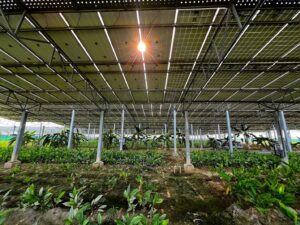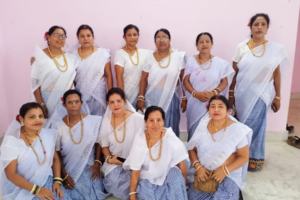In a place where floods are a regular affair, Lalita Devi had never imagined that she would see handpumps dry up. Like all women in her tola (habitation) in Uttara village of Bihar’s Madhubani district, she has to fetch water from the next village for cooking, drinking, bathing, and animal rearing.
Bihar state has historically had access to surface and groundwater resources. It is divided by river Ganges into two regions — North, and South Bihar. While north Bihar is vulnerable to severe floods, south Bihar faces acute water scarcity. Hence, the state has traditionally developed ways of collecting excess monsoon water in structures such as ahars, pines, talabs, etc., ingraining the practice of water conservation and adaptation practices in people’s lives.
But water security in Bihar has taken a hit over the years due to overuse of groundwater for irrigation, livestock rearing, and domestic needs.
The Central Ground Water Board has found that the average stage of groundwater extraction, which is the ratio of groundwater utilisation to recharge, steadily increased from 19 per cent in 1995 to 45 per cent in 2022. Sixty six blocks in the state experience ground water scarcity, with eight blocks suffering from extreme over-exploitation.
This is exacerbated by changing rainfall patterns due to climate change. Rainfall has become more erratic affecting groundwater recharge and surface water conservation.
This year, for instance, Bihar had a 48 per cent rainfall deficit in the monsoon months of June and July, leading to sinking of ground-water level and drying of rain-dependent water bodies. Even the Mithila region of Bihar, which is one of the most flood prone regions of the country, experienced water shortage due to a decline in groundwater.
Moreover, freshwater contamination is another major challenge in the state with approximately 1,077 habitations in Bihar affected by arsenic and 1,043 habitations affected by fluorides.
Improving Water Security in the State
Almost 89 per cent of Bihar’s population lives in villages. Their water demand is met through approximately 45,000 water bodies (traditional river, reservoir, lake, pond, springs, etc.), and more than 25 billion cubic metres of groundwater (open well, borewell, tube well, handpumps, etc.), and rainwater stored in small tanks.
In order to supply safe potable drinking water to the state’s rural population, the Bihar government has provided tap water connections and is working to expand the treated water delivery network. Previously, the Neer Nirmal Abhiyan was in place, and more recently, the Mukhya Mantri Peyjal Yojana.
Access to clean drinking water and initiatives for water conservation are primarily run under both central and state government schemes. Under the central government’s flagship Jal Jeevan Mission-Har Ghar Nal, 1.5 crore rural households have been provided with tap water connections in Bihar.
Moreover, under the mission, Bureau of Indian Standards’ IS:10500 standard is to be adopted to ensure safe drinking water supply. States are advised to install community water purification plants (CWPPs) especially in arsenic and fluoride affected habitations to provide potable water to every household.
The Department of Drinking Water and Sanitation has launched “Swatch Jal Sae Suraksha” campaign to ensure the quality of drinking water. Under this campaign, water quality is to be tested in the laboratory or using field testing kits for chemical and bacteriological parameters at the village level. Around 7,357 water bodies have been restored/rejuvenated in Bihar with the central government’s assistance.
The state government’s flagship Jal Jeevan Hariyali is a mission involving multiple stakeholders to achieve sustainability in multiple domains. For ensuring adequate water availability the mission has a key focus on conservation and rejuvenation of water bodies, pollution control and groundwater recharge. Some of the water infrastructure created under this mission is listed below.
- Number of ponds rejuvenated – 79,957
- Number of wells renovated – 37,431
- Number of water recharge facilities created around wells – 168,876
- Number of check dams constructed – 11,063
- Number of new water bodies constructed – 49,557
Preparing for climate change
Bihar is one of the world’s 50 regions with the highest vulnerability to climate change in the world. Future climate projections indicate that in the near-term and by mid-century, erratic and untimely patterns of rainfall are likely to be observed in districts which are traditionally not accustomed to the extreme rainfall patterns.
Moving forward, the state must focus on integrated water resource management ensuring judicious use of surface and groundwater resources. Moreover, as the state focuses on development and maintenance of its blue infrastructure (surface water resources), impetus should be given on building their resilience to the changing climate, ensuring steady supply of clean water even during extreme events.
The Lifestyle for Environment also emphasises on the optimal use of water, therefore involving the local community for water resource management is critical.
To realise the participation of the public in conserving water, enabling policies are required to strengthen and organise Paani Samitis — water committees — to promote efficient use of water for irrigation, improve access of potable water in rural households, and promote adoption of indigenous water conservation practices at panchayat level. This can also include rejuvenating, securing and maintaining traditional water structures like ahars, pines, talab, etc.
Also Read: Flood-Resilient Toilet: An Eco Katha
Incentives can also be provided to promote rainwater harvesting, such as rebate in house tax. Bihar government already offers 5 per cent property tax rebate and provides grants to civic bodies and schools for installation of rainwater harvesting infrastructure. The grants can be extended to larger populations or partial subsidies can be introduced to further promote rainwater harvesting to ‘catch water wherever it drops’.
Moreover, comprehensive water management practices with multi-departmental coordination by enhancing institutional mechanisms and building capacities of local key stakeholders, can help address the problems of Lalita Devi and millions of others.
Yash Khandelwal is Junior Program Associate at Sustainable Cities and Transport, WRI India. Mani Bhushan Jha is Senior Program Associate at Climate Program, WRI India. Views are personal.


